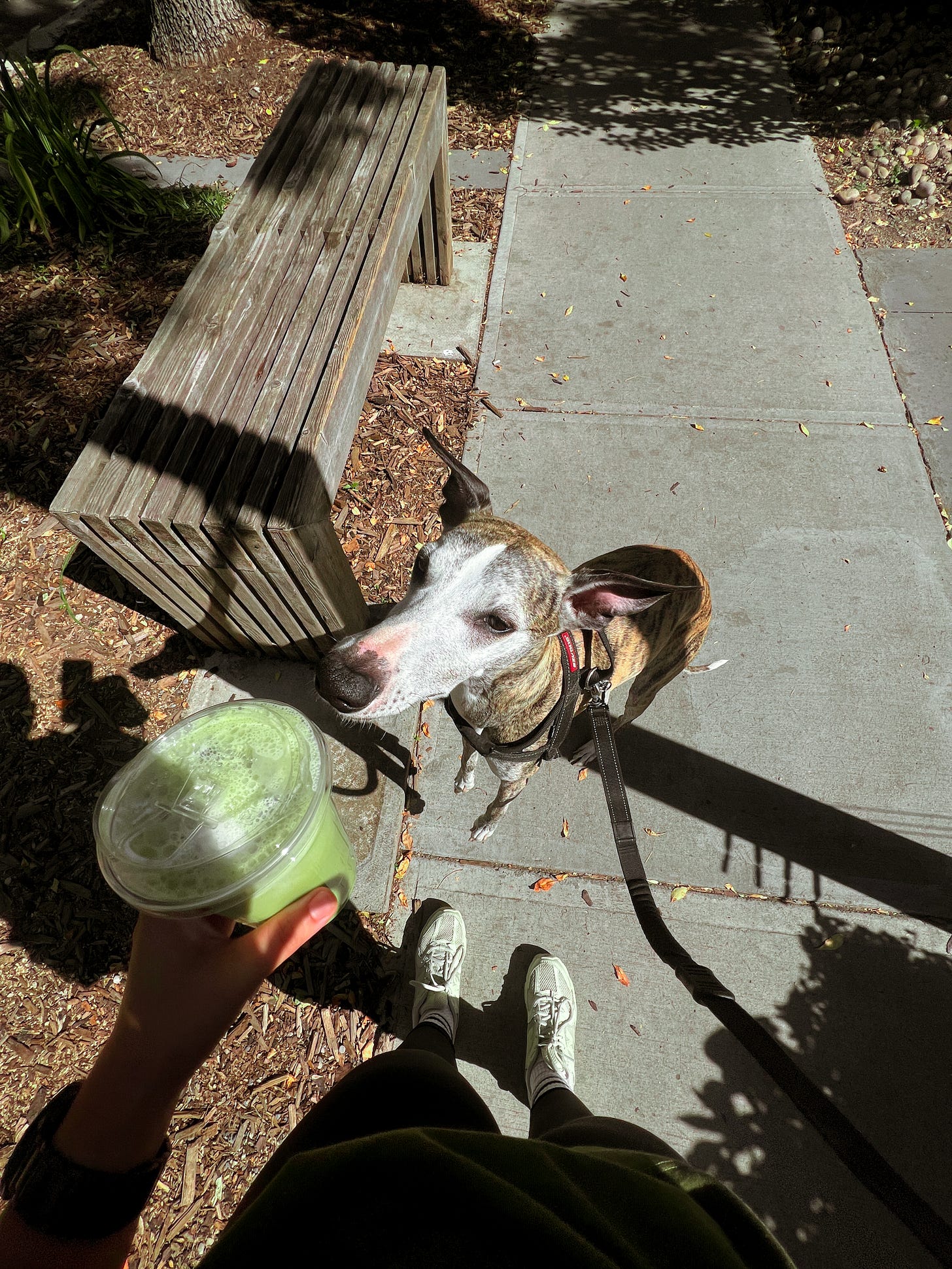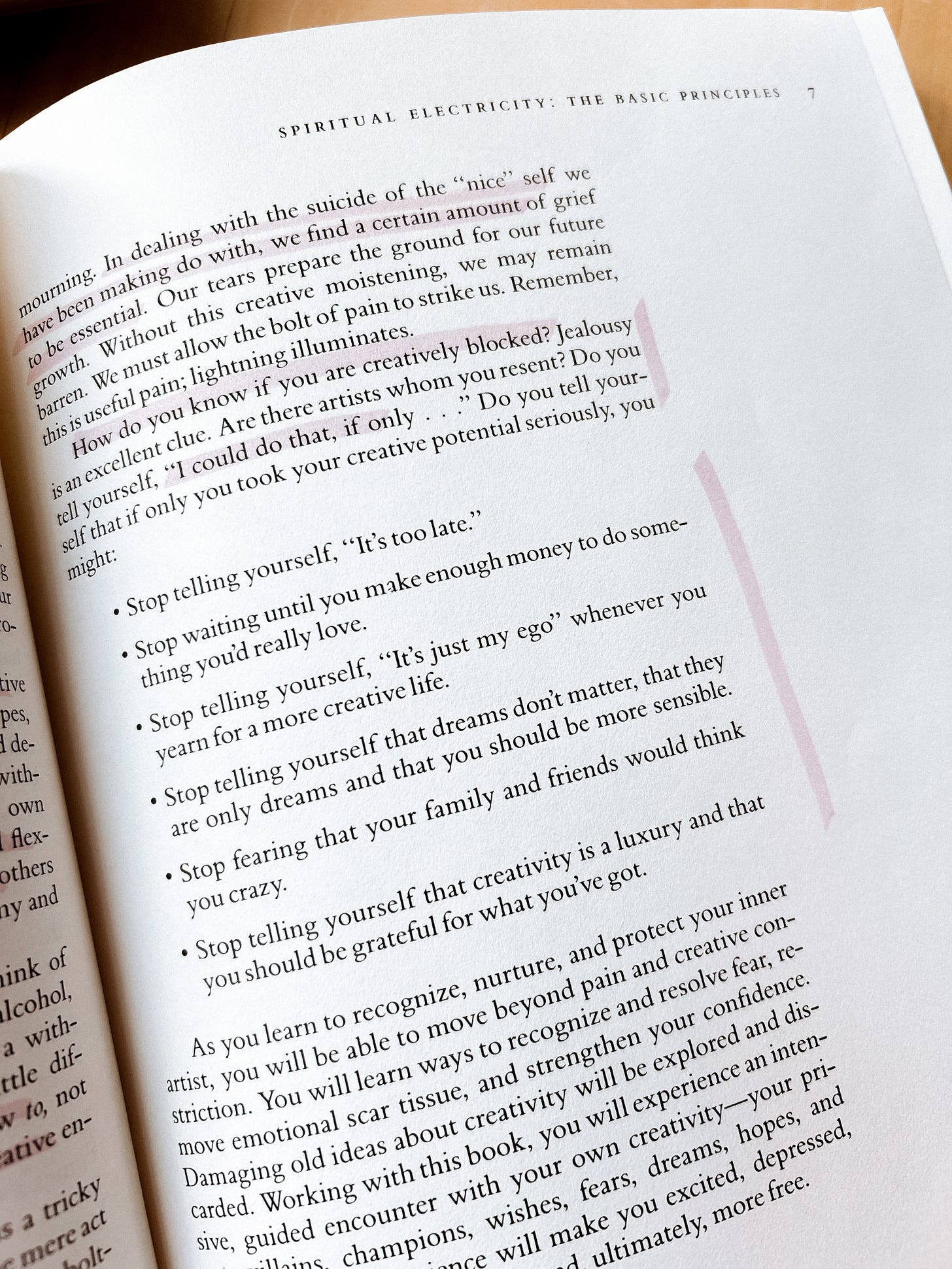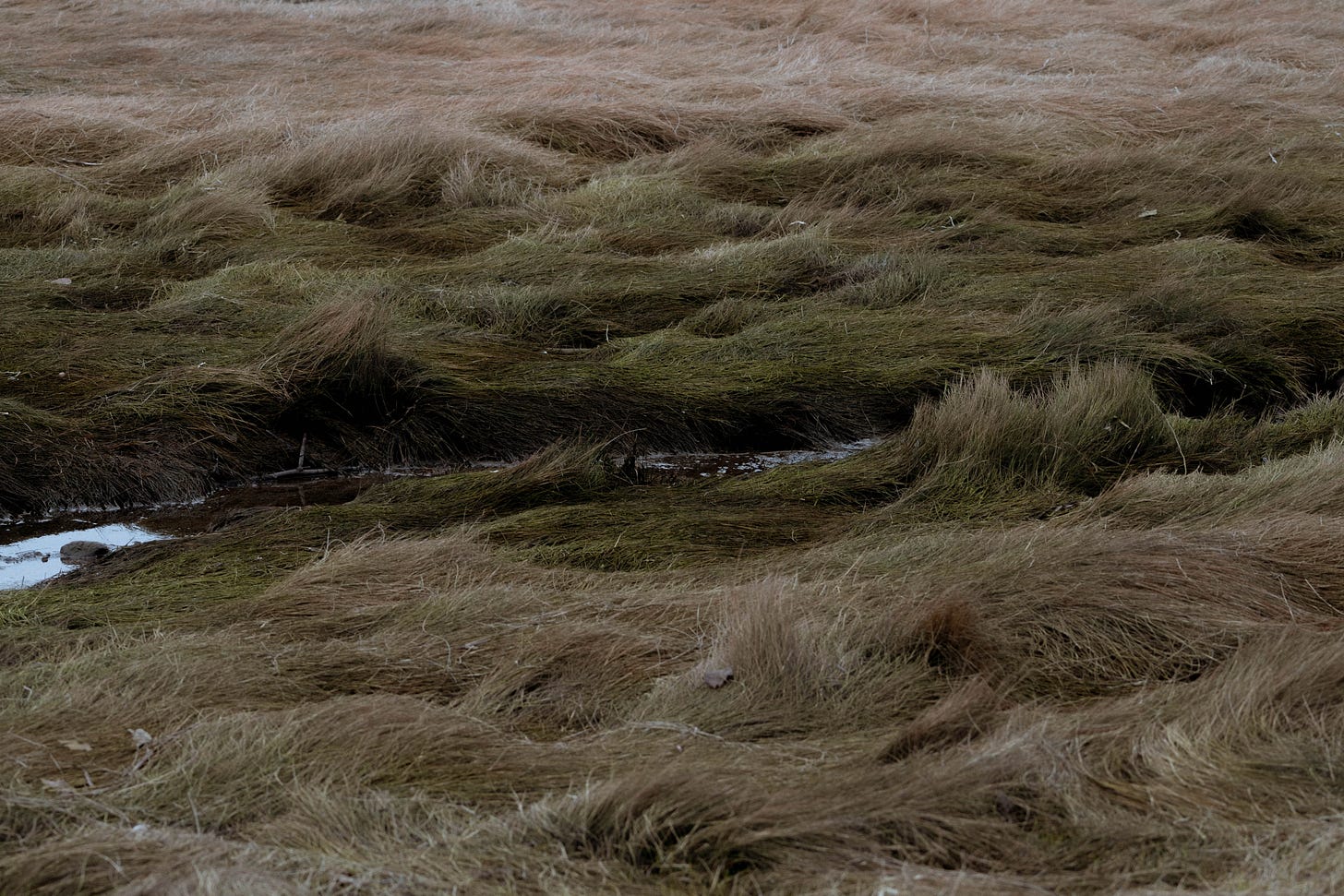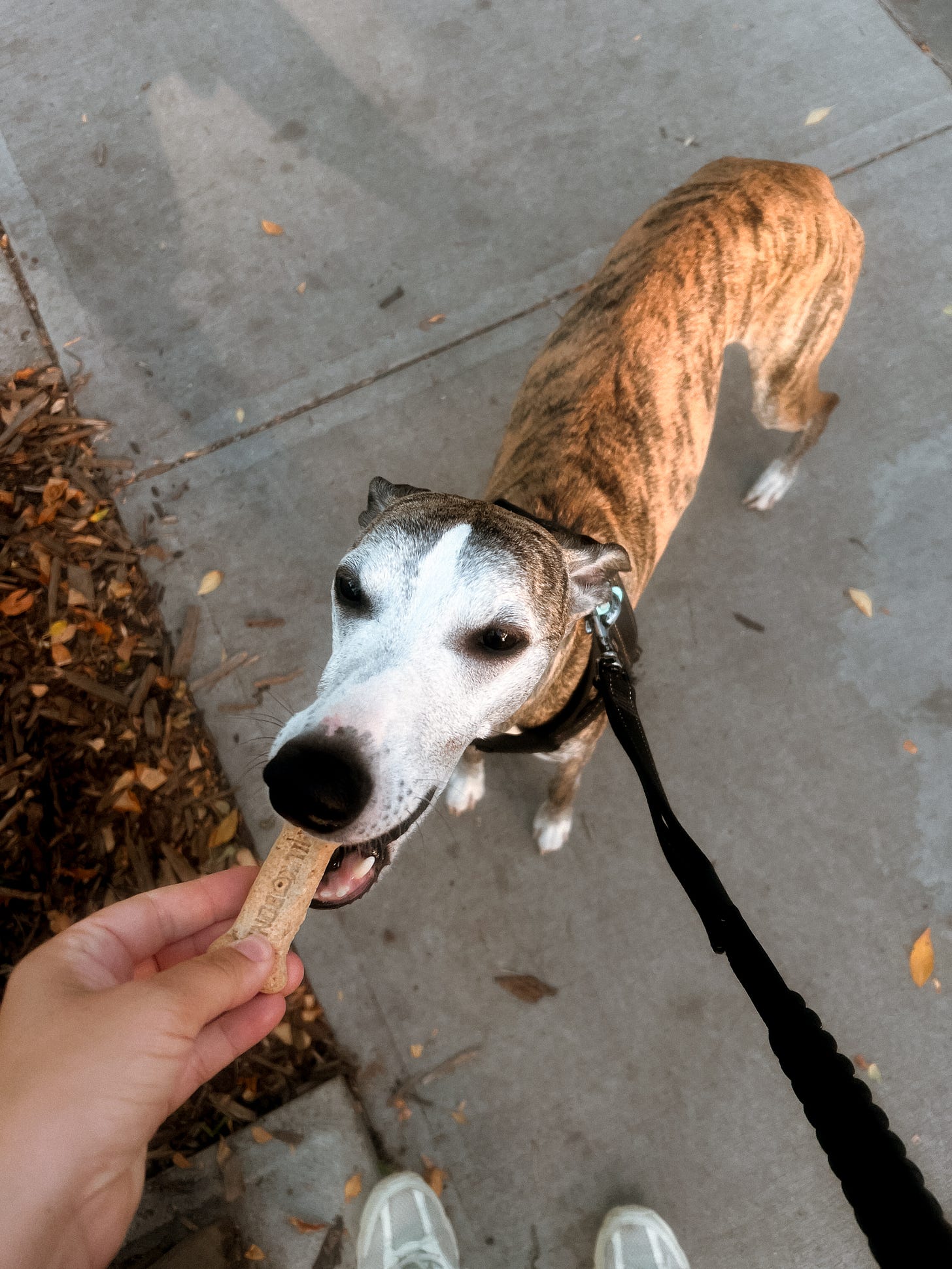The Art of Not Forcing It
Since moving, I haven’t picked up my camera. It’s easy to explain this away: the chaos of unpacking, the effort of making a house into a home, the work of reconnecting with old friends. All of that is true. But the deeper truth is simpler—I haven’t wanted to force it.
There’s a phase of creativity that has nothing to do with producing. Perhaps it’s age, or maturity, or just exhaustion, but I’ve come to recognize this period as one of absorption. Each morning I walk my dog through the neighbourhood—past the coffee shop, along the river trails—and I notice what I notice. I don’t feel the same jolt of inspiration that hit me the moment I stepped into the forests of Vancouver Island. But the absence of that rush doesn’t mean beauty is absent. It only means that, for now, I’m looking differently.
To carry a camera is to declare intent. On the island, I carried it into the woods and felt alone with the trees. Even when my partner or the dog was with me, solitude wrapped itself around those walks. Here, the trails are busier. Strangers pass by. The presence of people shifts the act of photographing into something self-conscious, and right now I’m not interested in negotiating that tension.
Instead, I’ve given myself permission to simply walk. To watch the morning light across unfamiliar streets. To notice glimmers of beauty without pressing the shutter. It feels less like withdrawal and more like a necessary recalibration—an intermission between acts.
We live in a culture that prizes output: the steady drip of images, posts, and proofs of productivity. To stop producing can feel like failure. But what if observation, without the obligation to share, is its own form of practice? What if not forcing it—allowing life to seep in unrecorded—creates the conditions for something truer to emerge later?
This new landscape demands a new way of seeing. To impose the habits of my previous place onto it would flatten both. So I wait. I walk. I absorb. The camera will return to my hand eventually. But when it does, I want it to feel like discovery, not duty.
The Artist’s Way
How to use this section: Feel free to follow along here, but I highly recommend getting your own copy or listening to the audio as we progress. Each Sunday I'll share thoughts on the upcoming focus and what I learned from the previous week. Since we're just starting, I'll only cover what's in the "Introduction" and "Basic Tools" sections of the book this week. Next week we'll dive into the core content, beginning with Week 1 of The Artist's Way.
Week 0
The Artist’s Way may sound like it’s only for painters, writers, or musicians, but really it’s speaking to all of us. As Julia Cameron writes, it’s for “anyone interested in living more creatively through practicing an art; even more broadly, anyone interested in practicing the art of creative living” (p. 0).
To think like an artist is to experiment. It means staying willing—to shift your way of being, to wrestle with difficult thoughts, to work through blockages. The purpose isn’t to create a masterpiece by the end, but to develop a process. As Cameron puts it, “creative recovery (or discovery) is a teachable, trackable spiritual process” (p. 5). Morning pages—three simple pages of writing each day—are less about sounding smart and more about emptying the vessel so it can be refilled.
For me, the resistance isn’t whether I can do it. It’s whether layering a new framework will disrupt the creative rhythm I’ve already built. But that’s the point—growth comes from experimenting with what might work differently, or even better. As Cameron reminds us, “no matter your age or your life path… it is not too late or too selfish or too silly to work on your creativity” (p. xii).
And fall feels like the perfect season to begin. We’re already turning inward, reshaping routines, seeking a rhythm that will carry us through the darker months. To commit to this practice is really to commit to yourself—to carve out time that is yours alone.
Things to Consider This Week (before we begin Week 1):
Morning Pages are for everyone—not just writers. There is no wrong way to do them.
Start small: set a weekly rhythm (Sunday to Sunday works well).
Expect resistance. Choose tasks you’re drawn to and the ones you resist. Both will teach you something.
Remember: the point isn’t to create a masterpiece—it’s to move through blockages and rediscover your creative energy.
Above all, this week is about making space. Consider how you’ll commit to giving yourself that time.
If you’ve been curious but hesitant, this is the week to step in. You don’t have to be an “artist” to begin—just willing to try.
Your Turn
Which appeals more to you right now—emptying the vessel (morning pages) or filling the well (creative tasks)? Why?
Comment or reply to let me know!
Next Week, Week 1: Recovering a Sense of Safety → Setting the foundation, committing to showing up.
Personal Work
Recommended Inspiration
Things Don't Have to Be Like This | Art21 x Ford Foundation JustFilms [11 minutes]
About: In an age where all aspects of our lives are mediated through technology, contemporary artists are crucial voices in defining how we engage with these new tools. Over coffee at a Brooklyn cafe, artists and friends Morehshin Allahyari, American Artist, and Mimi Ọnụọha gathered to explore the complex relationships between technology, knowledge, power, and identity. “It’s clear that a lot of the world orders that we have inherited won’t work,” says Ọnụọha. “But that’s the space where artists are most needed.” From American Artist’s interrogation of social media and surveillance technologies, to Ọnụọha’s work calling attention to the data that is missing from our technological systems, to Allahyari’s resistance against the techniques of digital colonialism, these artists offer new possibilities for navigating our digital world through an artistic practice.
Hey, you made it to the end! I have a little secret for you.
I seem to have accidentally trained my dog to walk me to the coffee shop. As you say above, since moving to a new city, I’ve been treating myself to the occasional coffee or matcha break there. It’s not exactly around the corner—15 minutes if the train doesn’t block us—across heavy traffic, over the tracks, past the dog park, and through a whole neighborhood.
One morning, after dropping Corey at his corner for school, I let Indy “lead.” No hesitation. He marched us straight to the café. Not for the atmosphere, no dogs allowed inside… but because he knows when I get a coffee, he gets a cookie.
I can’t blame him. Some mornings really do call for starting with a cookie.






